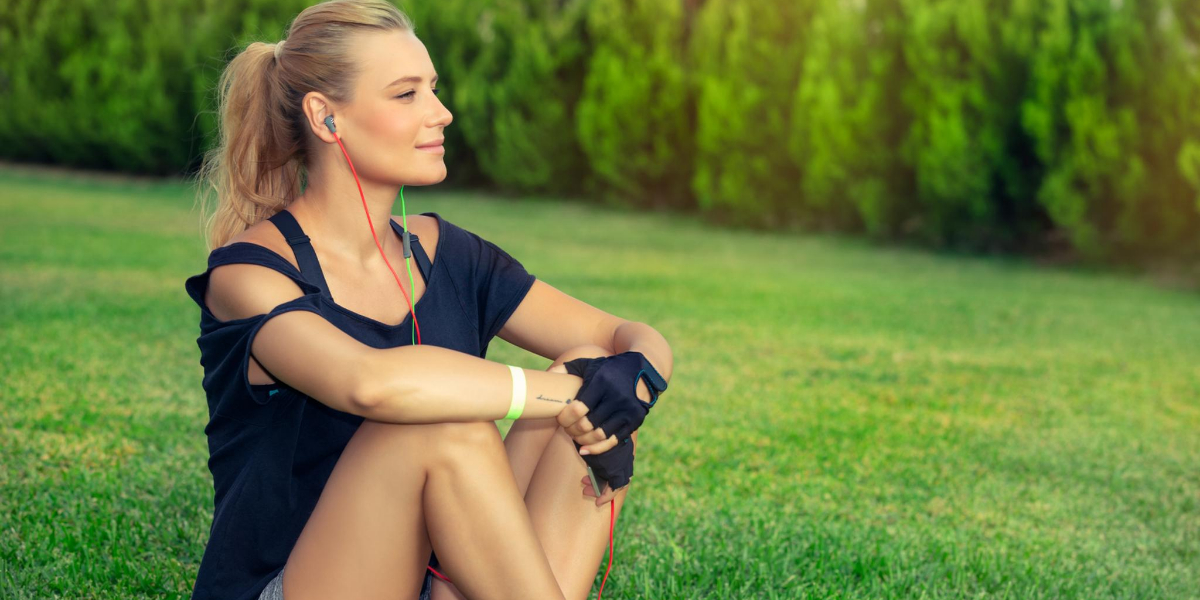If you’ve ever trained for a competition you’ve likely discovered the benefit of rest days, days when you take a break to let your boy rest, recover and repair. These days are required where you’ve undertaken especially punishing workouts, but does that mean you have to have a break from all forms of exercise?
Pilates can be done on rest days. As the focus of Pilates is the use of our own body weight to build endurance each workout causes less micro-damage to muscles and is therefore suitable as an active recovery method in-between more intense workout days.
Skipping them can lead to injury through over training, setting you back rather than helping you progress at a faster rate, so it’s important to know when to stop.
What is a ‘rest day’?
A rest day is a day off from training, cardio or other forms of exercise. They are important to prevent injury and for your body to recover and repair itself after physically demanding workouts and as such you’ll need to judge how often to take them.
Vigorous training results in microscopic tears in muscle tissue and a build up of excess lactic acid and other waste products in the muscles. This is known as microtrauma, and it’s what causes soreness after a workout, if you don’t take time out to let your body repair itself you can cause more damage than good.
Days off from working out are important for allowing your body to recover from training and should be included in any form of exercise program, including Pilates workouts.
Many people find that they need more rest days when undertaking intense forms of exercise such as high intensity interval training (HIIT) or Crossfit because their bodies require longer periods of recovery time between workouts.

The benefits of resting include:
- Improved performance
- Reduced risk of injury
- Increased energy levels
- Faster recovery times
- Better recovery of muscles (i.e.g muscle soreness doesn’t last as long)
- Reduced soreness
You can see that regardless of the form of exercise it’s important to give your body time to recover, and while some people will love the chance to put there feet up for a day I know there are others that will find it tricky to sit back and do nothing, and that’s where active rest days come to the rescue.
What is an ‘active rest day’?
An active rest day is a day when you exercise, but at a lower intensity than your usual workouts. Light exercises could include a gentle stroll, a bike ride around a park, a yoga session, water aerobics or any activity that involves movement without being a workout.
You can still do Pilates on an active rest day, and it’s one of the best ways to prevent injury by keeping your muscles moving without over-exerting them.
“If I hadn’t done Pilates as part of my active recovery when I was a marathoner, I would probably not be walking right now. Yoga and Pilates also strengthen your hips, help correct your posture, and work to balance the body’s asymmetries. My times became faster, my recovery after long distances sped up, and I never suffered from a running injury.”
Pilates instructor Lesley Logan, interview with healthway.com
An active rest day will help you feel refreshed after a hard workout as well as helping your body recover from microtrauma caused during intense training sessions such as HIIT or boxing classes.
Which type of day you take is up to you, listen to your body, is it telling you it needs a complete break or does it feel like it still wants to move?
Remember, when training it’s not all about the workout and recovery, you also need to maintain a healthy diet and good amount of sleep, you may find you require additional sleep the more you train, if you have to get up at a set time for work hit the sack earlier than usual.
Which Pilates exercises should I avoid?
Pilates offers such a wide range of workout’s it’s important to compliment your exercise routine to help with muscle recovery rather than cause additional muscle damage.
For example, you should avoid intense exercise such as Power Pilates which typically uses additional weights to improve muscle strength.
If you’re unsure which moves impact which muscles be sure to speak to a personal trainer or class instructor regarding which type of exercise you should do as part of your training routine. They will take into account your level of fitness, intensity level and what areas of the body you are working out in your existing training schedule.
If you want to try doing Pilates on an ‘active rest’ days then I would recommend that you:
- Choose low impact exercises
- Do less reps per set
- Reduce the number of sets
- Take more breaks
- Ensure there is no impact on your joints.
Pilates is a low impact exercise, which means that you can do it on rest days and still reap the benefits. The exercises don’t place as much stress on your body compared to other forms of workout, so you won’t need to take as many rest days. The focus in Pilates isn’t about lifting heavy weights or building muscle mass like with weight training, but instead focuses on core strength and flexibility while improving balance and coordination.
This means that even if you’re undertaking HIIT or Crossfit workouts during the week then adding some Pilates sessions into your routine will help improve your overall performance without causing any additional fatigue because they work different parts of the body at different levels of intensity. Pilates can be done on rest days and still help you to progress in your training program.
When should I do Pilates on rest days?
You don’t have to wait until the end of your workout week before taking a break, if you feel that you need an active recovery session in-between more intense workouts consider doing some Pilates sessions instead (or alongside) these more strenuous activities.
If possible try to alternate between different exercises, you’re still giving your body a good range of movement while also allowing for adequate recovery time between each type of activity.

If I only do Pilates do I need rest days?
This will depend on just how much Pilates you’re doing. Joseph Pilates wrote the best results are gained by practising Pilates at least four times per week (his book is called Return to Life Through Contrology).
There is nothing to stop you taking a Pilates class every day of the week, just be sure you’re not repeating the same flow as the previous workout and consider a doing a gentler routine on some days (effectively you exercise on rest days but to a lesser extent to reduce the risk of injury).
If you’re only doing Pilates, I’d recommend adding in some cardio exercises and additional strength training to give yourself a well-rounded approach to your fitness. Mixing up your regular workouts keeps things interesting and can help identify areas needed for improvement.
Although I primarily practice and teach Pilates I’ve found there to be a lot of health benefits to also attending a ‘boot camp’ class which pushes me to try new activities, provides a social element I don’t get practising Pilates on my own and has helped me gain stronger muscles with the introduction of external weights rather than relying on my body weight alone.
Whatever your routine be sure to listen to your body and always keep in mind that often a rest will be far better for you than pushing yourself to work out every day.
Source
https://www.healthyway.com/content/the-5-best-active-recovery-exercises-for-rest-day/




